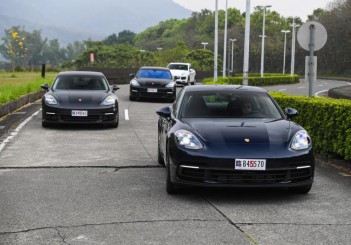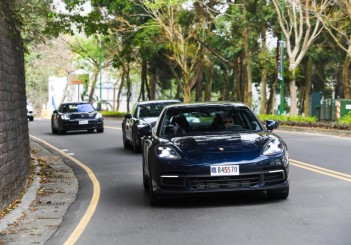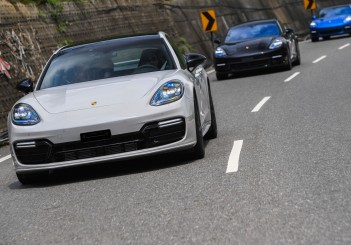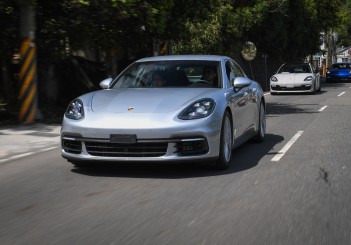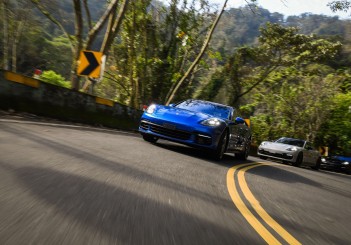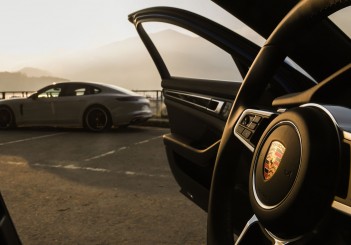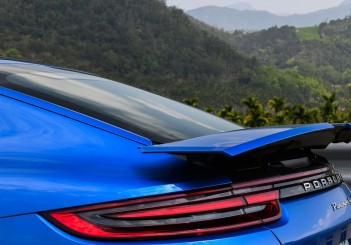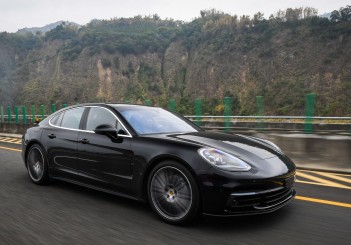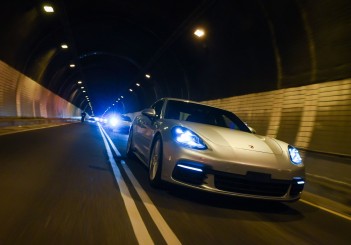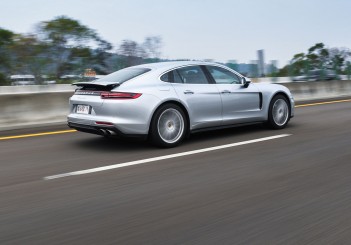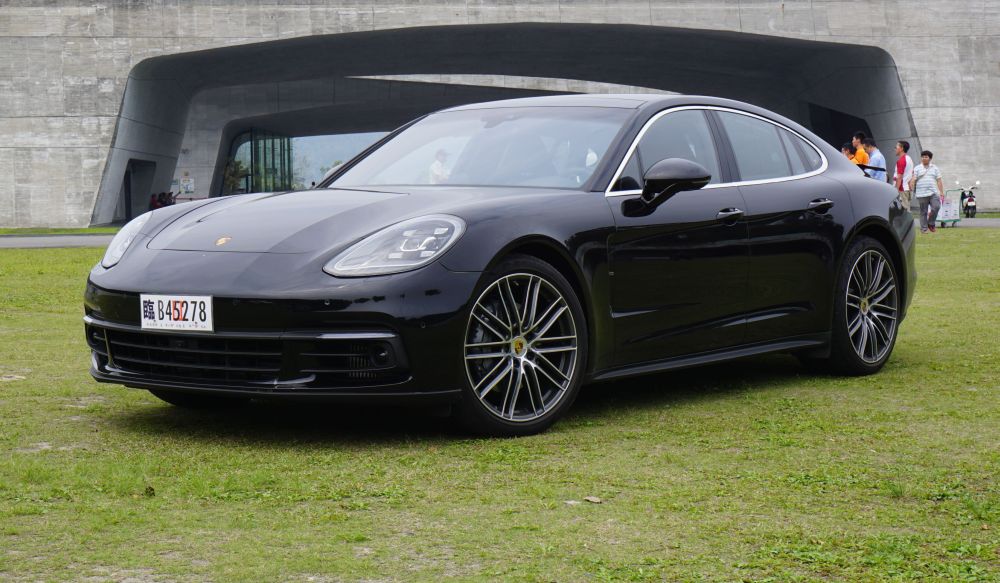It was Porsche’s attempt to gain a strong foothold in China where the customers generally prefer four-door cars and this huge market potential persuaded the sports carmaker to go against the grain by introducing the Panamera, much to the dismay of purists.
Now with the second generation model, which has grown bigger, Porsche continues to extol the Panamera’s extraordinary qualities with the Two Trails drive in Taiwan, particularly in the touristy Sun Moon Lake area.
The Two Trails drive was organised for the regional media to highlight the contrasting qualities continued in the latest Panamera in terms of performance and luxury.
It was held in Taiwan because this country was the first, apart from China, in the Asia Pacific region to receive this model.
While the basic body profile does not look like it has deviated much from the old, significant detail changes were made to add a fresh perspective to the second generation model.
Based on the extended 911 styling concept, Porsche says the latest Panamera was ‘redesigned and redeveloped to the last detail’.
The shape of the headlamps is fuller and more rounded but what gives it a novel touch are the new four-point LED (light emitting diode) daytime running lights; the main lights are also LEDs.
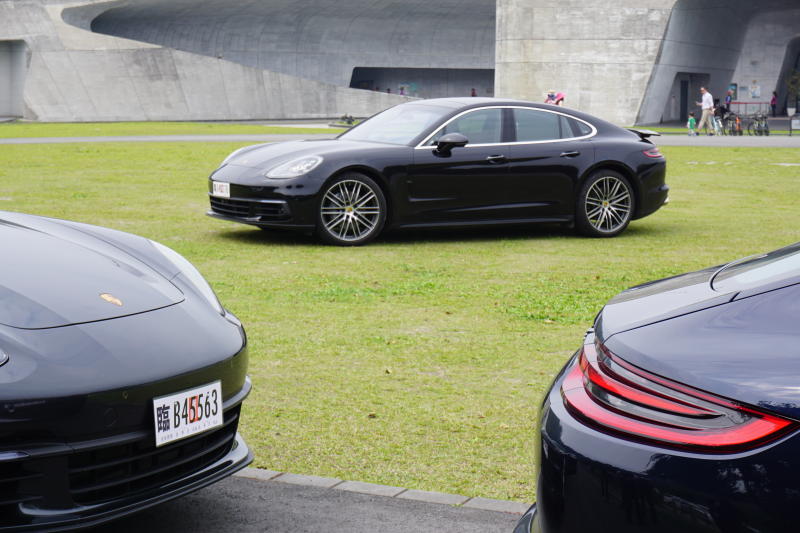
It is said the rear plays an equally important role in immediate visual recognition of the car and the new rear light cluster design works well to this effect; the slimmer clusters connected by a thin LED strip, which stands out more at night, stamps its individual impression.
Dimensionally, the second-generation Panamera is 34mm longer at 5,049mm, 6mm wider at 1,937mm and 5mm taller at 1423mm.
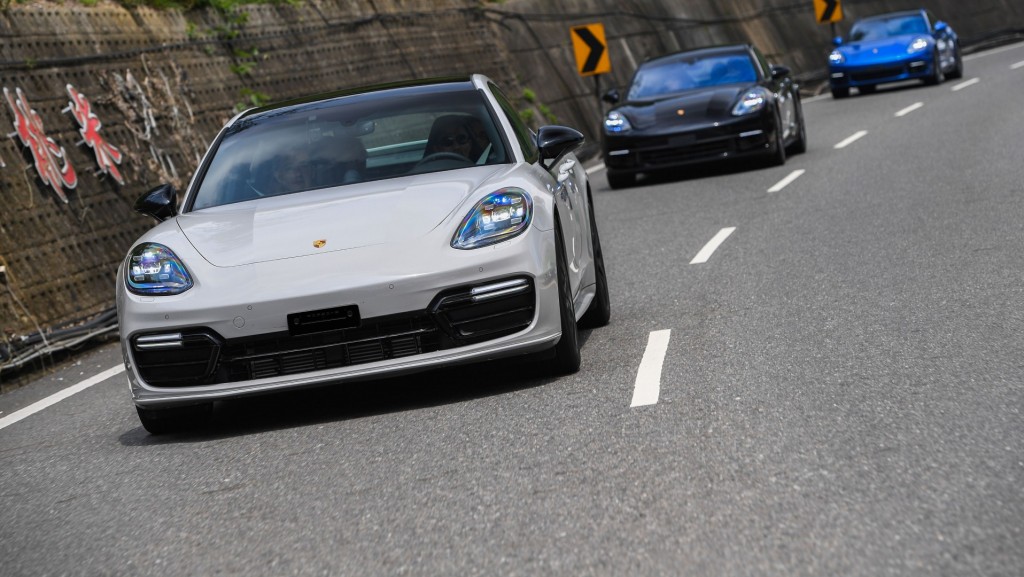
A more significant change is the wheelbase of 2,950mm, which is longer by 30mm due to the front wheels being moved further forward, reducing the front overhang for a more prestigious dimension.
More sections of the body, including the bonnet, boot roof and wings, are made entirely of aluminium and the side windows are redesigned to create a stylistic affinity with the Porsche 911.
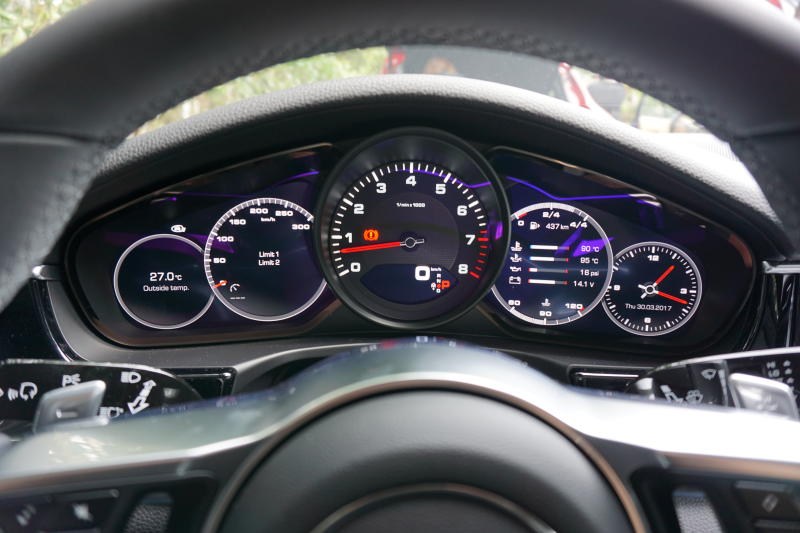
One could configure the central 12.3-inch touchscreen according to his needs and the air-cond is activated via this accessory; no more switches and rotary dials.
The instrument panel features a central dial with smaller overlapping ones; taking central role is the tachometer that remains an analogue item while the others are digital.
For the Two Trails drive, two Porsche Panamera models were provided; the Panamera rear-wheel drive and the Panamera 4S all-wheel drive.
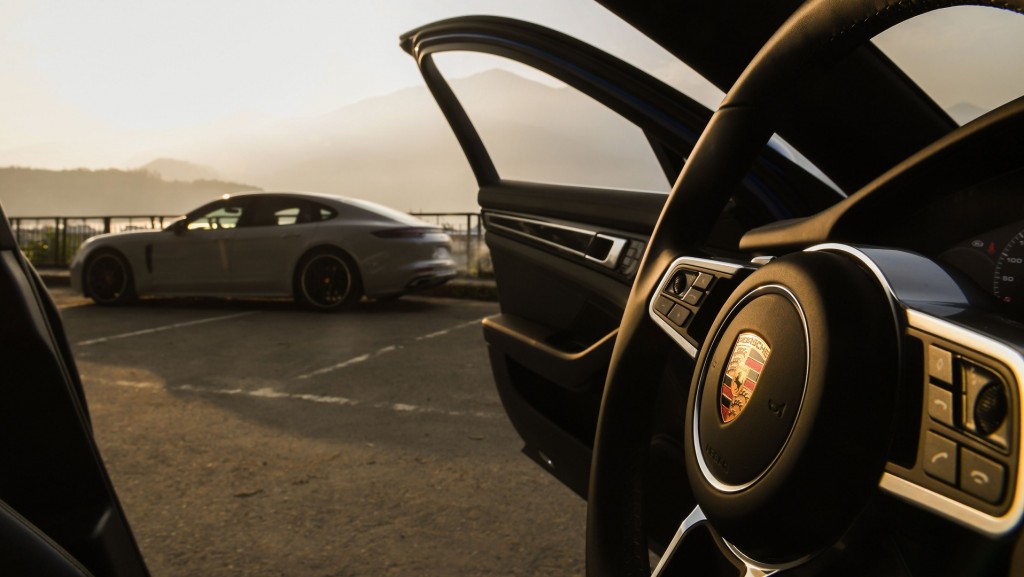
Channelling that output to the rear wheels is an eight-speed PDK automatic with paddle shifters for the option of manually selecting the gears.
The all-wheel drive Panamera 4S gets the new 2.9-litre V6 biturbo engine or more specifically, a turbocharger for the top-end and supercharger for low-end performance.
Despite a slightly smaller engine displacement, the output is higher with 440PS at 5,650rpm to 6,600rpm and 550Nm torque that peaks at a higher 1,750rpm and plateaus till 5,500rpm.
It is also supported by an eight-speed PDK automatic transmission with the engine output being channelled to the respective wheel as and when the driving dynamics require it.
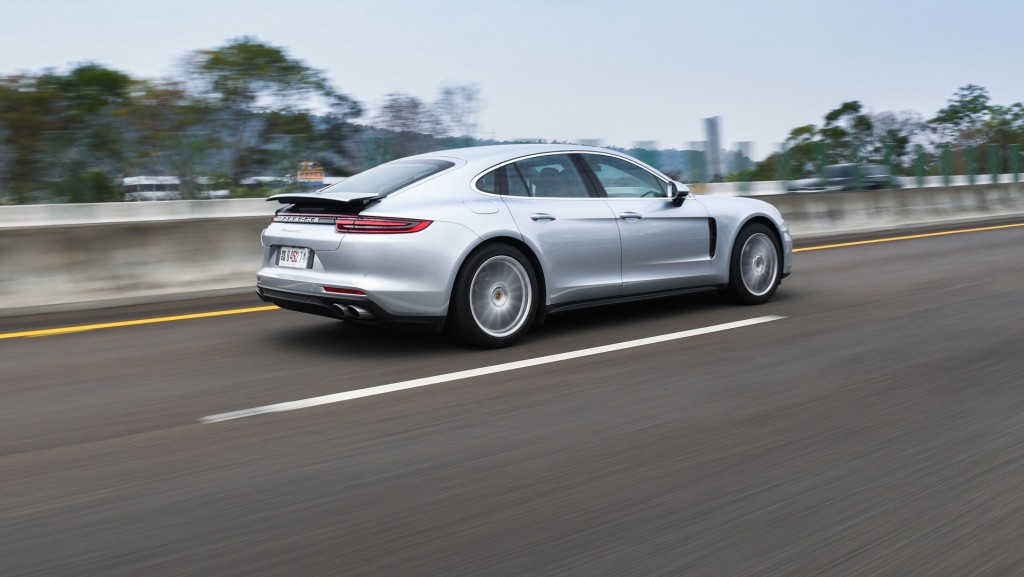
Whatever the claims may be, on the road these Panamera four-door coupés are fast as they should be in the Porsche tradition as we discovered in the two drives that we had the pleasure of.
The morning session was for us to enjoy the luxury side of the new Panamera, taking mostly to the highways, and we started with the Panamera 4S.
When the dynamic setting was in Normal mode, we felt a bit of body roll driving through the twisty bits but when the Sport setting was selected, the new Panamera felt like the Porsche that we had expected it to be.
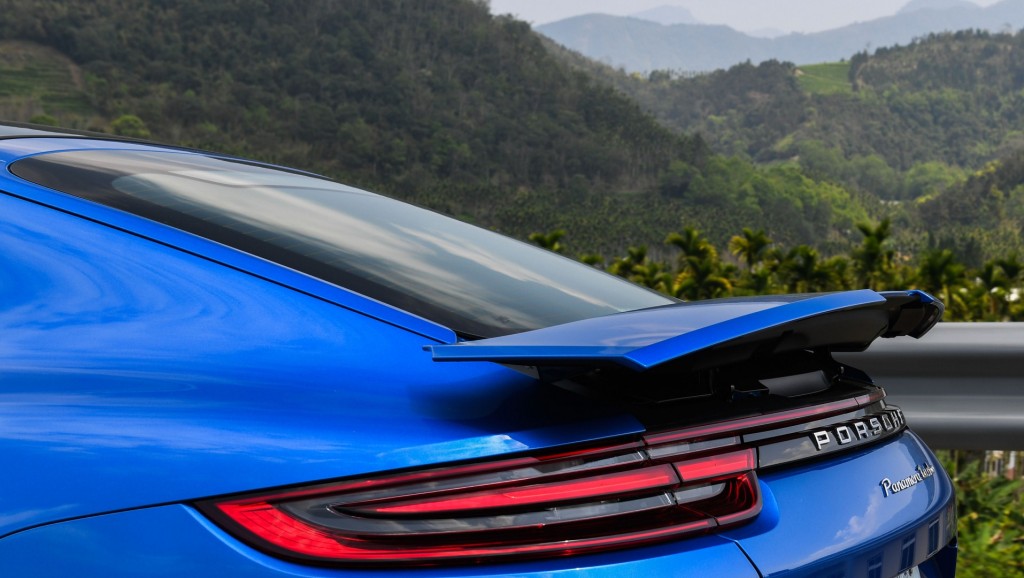
During the driver change, we checked out the rear seat to see if it was comfortable and we were not disappointed.
While the car rolled nicely over bumps in Normal mode, it was only slightly firmer in Sport and good ride comfort was still enjoyed.
This was clearly a four-seater as the legroom and headroom, along with elbow room, were generous to measure up nicely to its luxury image.
The afternoon session was the fun one as we drove around the Sun Moon Lake or some 30km of twisty winding roads a la Cameron Highlands at fast speeds when the roads were clear of traffic.
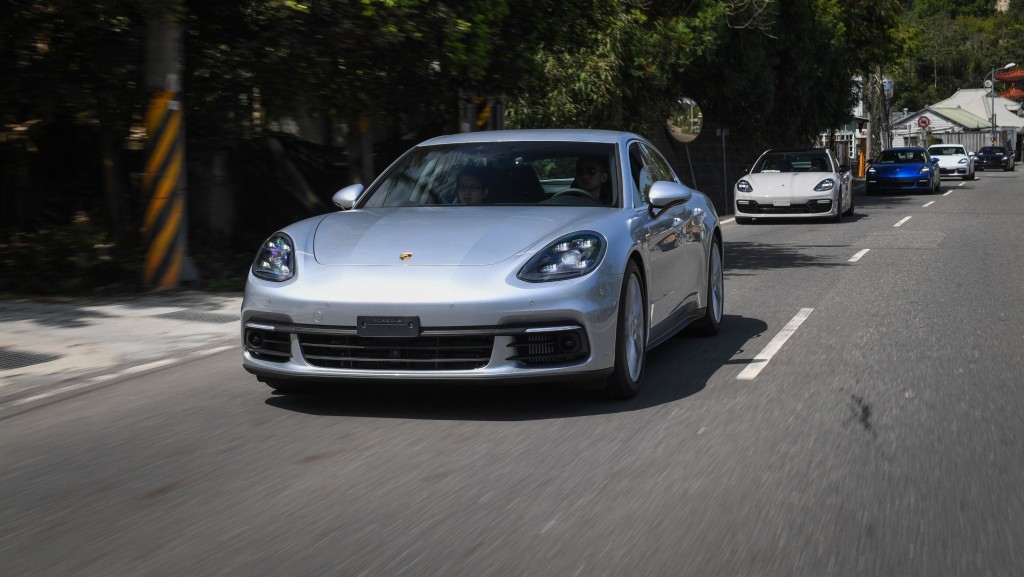
We had switched to the rear-wheel drive Panamera for the second session and we couldn’t have enjoyed driving this Porsche more.
The electric steering gave us adequate directional feel to charge confidently into a corner, steer through it and power out to the next one.
For some reason, we found the Panamera a more confident car to drive through the bends than the more powerful Panamera 4S.

The Panamera 4S was by comparison a little more laidback in power flow and it seemed to upshift quicker, probably because it was meant to be luxurious in feel.
The Porsche Stability Management system also made the Panamera a nimble car through the corners as if we were driving the Cayman.
Both Panamera models had 265/45 ZR19 tyres in front and 295/40 ZR tyres at the rear although the Panamera 4S we drove came shod with Goodyear Eagle tyres and the Panamera ran on Pirelli P Zero.
Models aside, the new Panamera is every bit a Porsche should be in the dynamic drive category and just as comfortable as you would expect of a four-door Coupé.
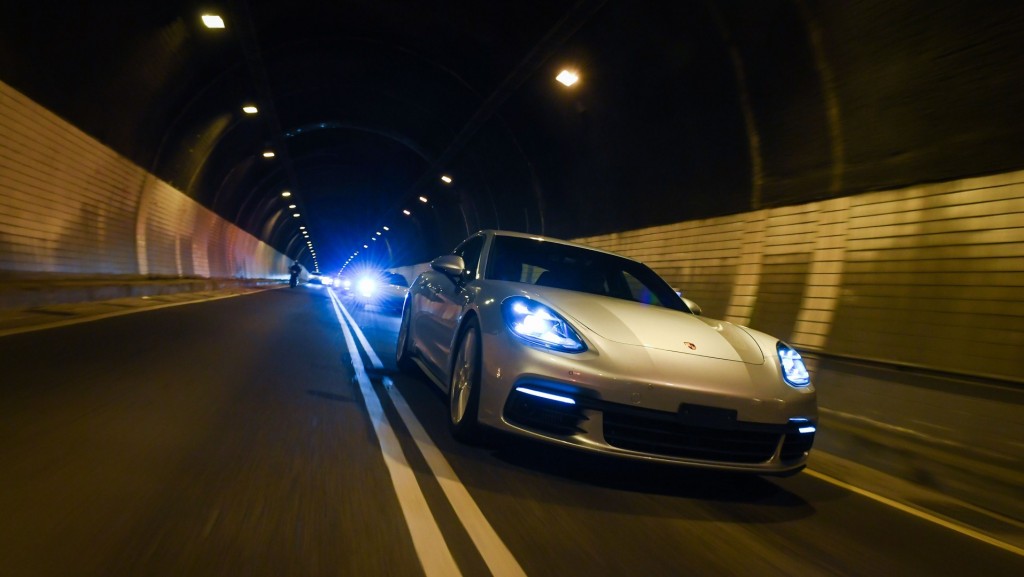
The Panamera and Panamera 4S have been available in Malaysia since last month, costing RMRM890,000 and RM1.1mil respectively.
